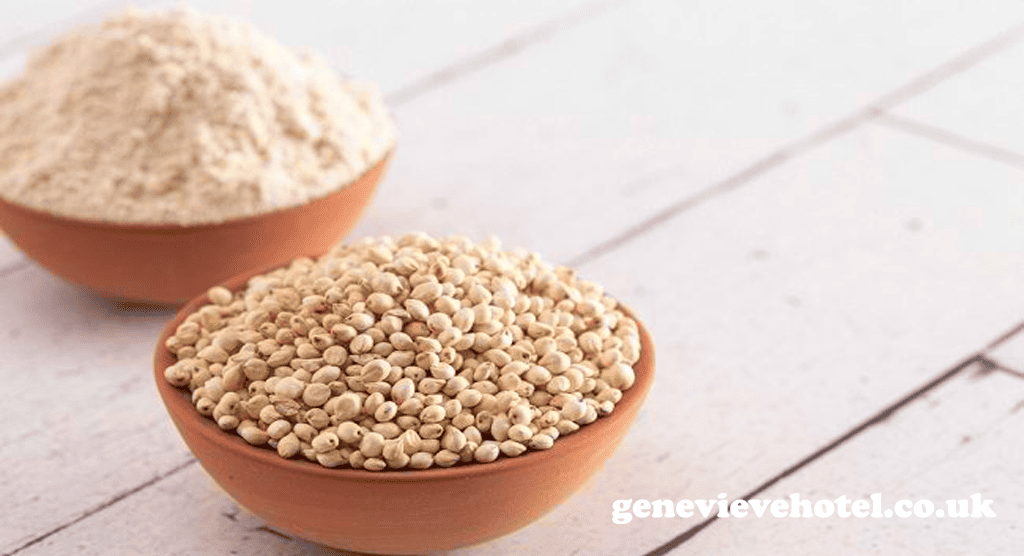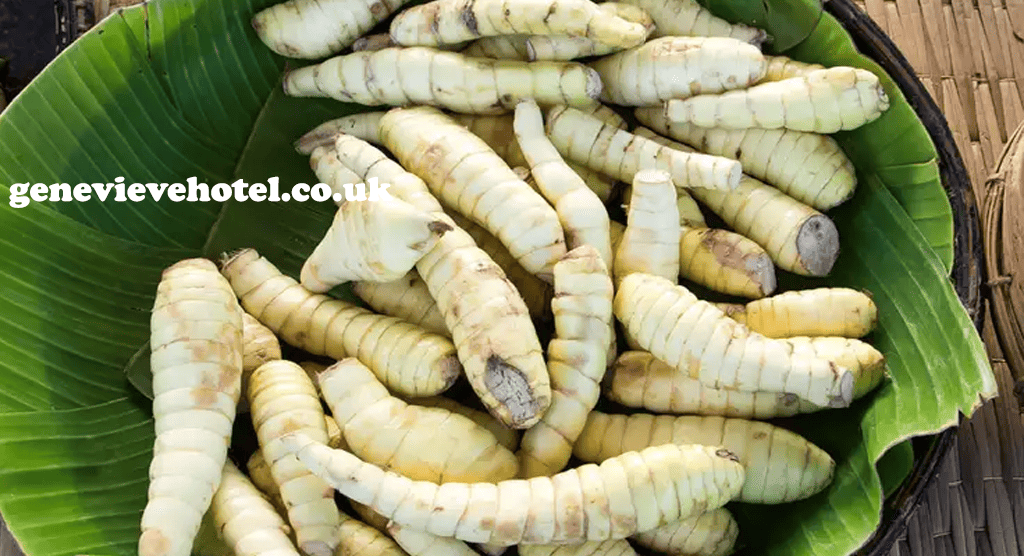Pendahuluan
4 Manfaat Sorgum, Pengganti Nasi yang Padat Nutrisi. Dalam dunia gaya hidup sehat dan pola makan yang seimbang, mencari alternatif pengganti nasi yang sehat dan bernutrisi semakin diminati. Salah satu pilihan yang mulai dikenal luas adalah sorgum, sebuah tanaman serealia yang telah lama digunakan di berbagai budaya, terutama di Afrika dan Amerika. Selain dikenal karena ketahanannya terhadap kondisi iklim ekstrem, sorgum juga menawarkan berbagai manfaat kesehatan yang sangat baik untuk tubuh. Artikel ini akan membahas secara lengkap empat manfaat sorgum sebagai pengganti nasi yang padat nutrisi, beserta penjelasan lengkap mengenai keunggulan dan potensi penggunaannya.
1. Kaya Akan Serat dan Membantu Pencernaan
Sorgum mengandung serat yang cukup tinggi, yang berperan penting dalam menjaga kesehatan saluran pencernaan. Serat membantu memperlancar buang air besar, mencegah sembelit, serta mendukung pertumbuhan bakteri baik di usus. Dengan konsumsi sorgum secara rutin, pencernaan menjadi lebih sehat dan risiko gangguan pencernaan dapat diminimalisir. Casaprize ialah Situs Slot4d & Togel Toto Macau Online Terlengkap Di Asia.
2. Mengandung Antioksidan dan Menunjang Kesehatan Jantung
Sorgum merupakan sumber antioksidan alami, seperti fenolik dan flavonoid, yang membantu melindungi tubuh dari radikal bebas. Antioksidan ini berperan dalam mengurangi peradangan dan mencegah oksidasi kolesterol LDL yang dapat menyebabkan penyumbatan pembuluh darah. Dengan demikian, konsumsi sorgum dapat membantu menurunkan risiko penyakit jantung dan stroke.
3. Bebas Gluten dan Cocok untuk Penderita Celiac
Selain kaya nutrisi, sorgum merupakan gandum bebas gluten, sehingga aman dikonsumsi oleh penderita penyakit celiac atau mereka yang sensitif terhadap gluten. Hal ini menjadikan sorgum pilihan yang sehat dan alternatif bagi mereka yang membutuhkan diet bebas gluten tanpa mengorbankan asupan karbohidrat dan nutrisi penting lainnya.
4. Mendukung Pengendalian Berat Badan
Karena kandungan serat dan protein yang cukup tinggi, sorgum dapat membantu menahan rasa lapar lebih lama. Ini membuatnya menjadi pilihan yang baik bagi mereka yang sedang menjalani program penurunan berat badan. Selain itu, sorgum memiliki indeks glikemik yang lebih rendah dibandingkan nasi putih, sehingga membantu menjaga kadar gula darah tetap stabil dan menghindari lonjakan energi yang cepat.
Baca Juga: Mengenal Madu Manuka: 6 Manfaat Luar Biasa untuk Kesehatan Anda
Kesimpulan
Sorgum adalah pilihan cerdas sebagai pengganti nasi yang tidak hanya mengenyangkan tetapi juga menawarkan berbagai manfaat kesehatan. Dengan kandungan nutrisi lengkap seperti serat, antioksidan, dan bebas gluten, sorgum mampu mendukung pencernaan yang sehat, menurunkan risiko penyakit jantung, serta membantu pengelolaan berat badan dan kadar gula darah.
Selain itu, keberagaman olahan sorgum yang tersedia di pasaran memudahkan masyarakat untuk memasukkan tanaman ini ke dalam menu harian. Dengan memperkenalkan sorgum sebagai bagian dari pola makan sehat, kita dapat meningkatkan kualitas nutrisi makanan, menjaga kesehatan tubuh, dan menjalani gaya hidup yang lebih seimbang.
Inovasi dalam pola makan sehat dimulai dari pilihan bahan makanan yang bernutrisi dan alami seperti sorgum. Jadi, tidak ada salahnya untuk mulai mencoba mengganti nasi putih dengan sorgum dan rasakan manfaatnya bagi kesehatan Anda.




